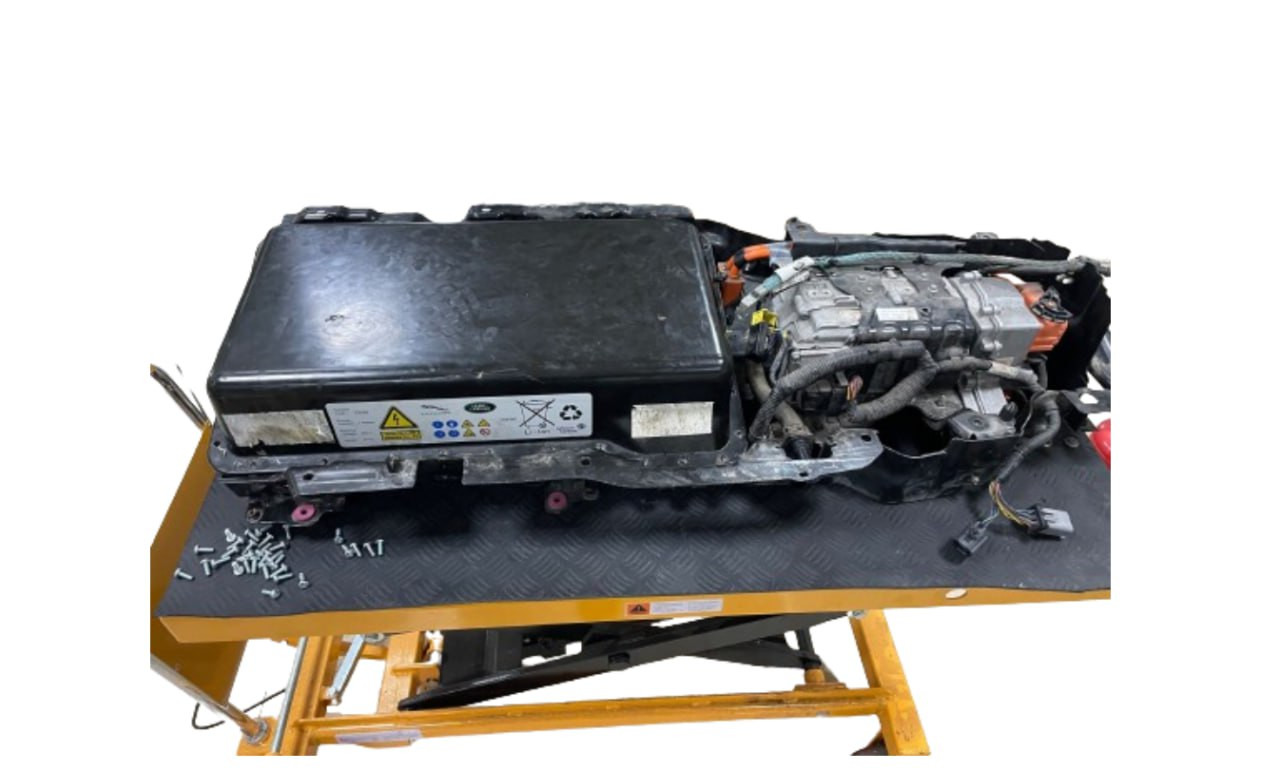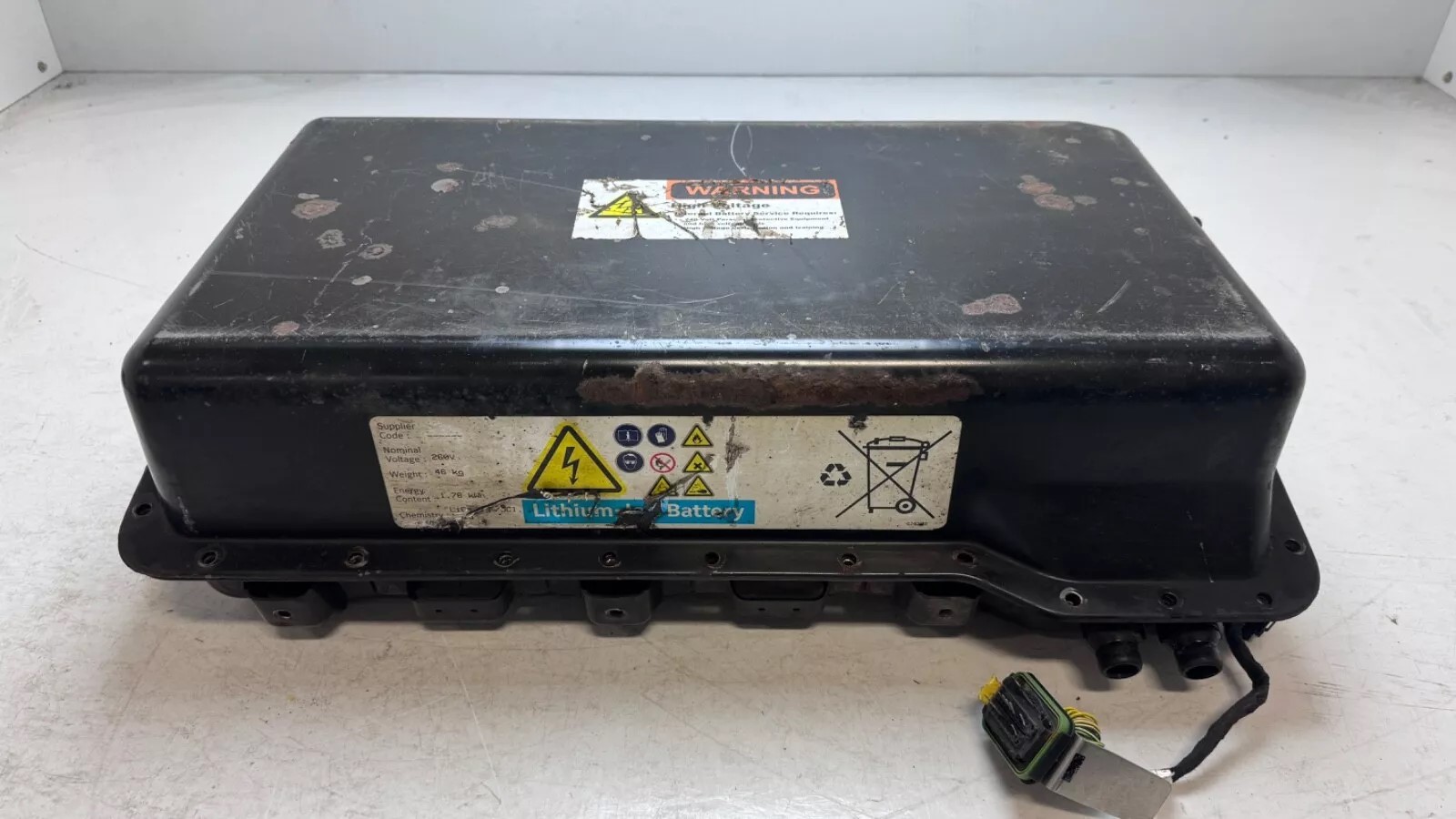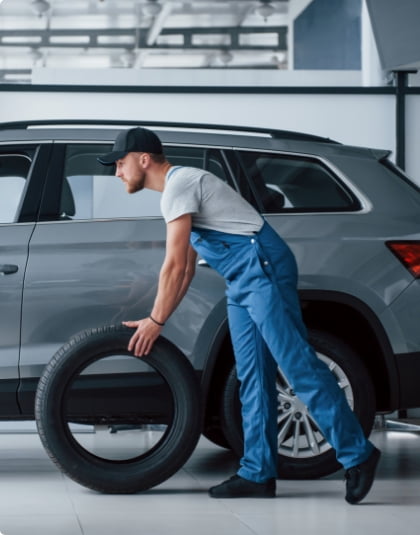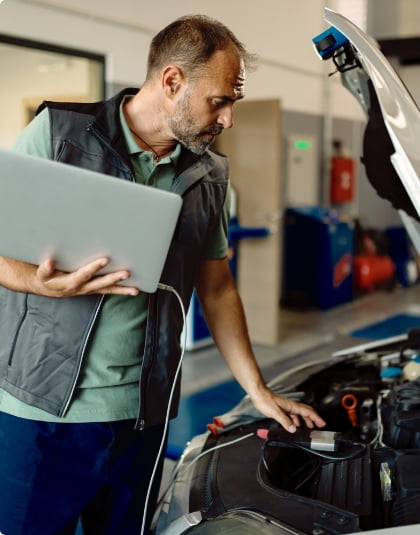Fixing the problem with the Range Rover Sport 3.0 SDV6 Hybrid 12-volt battery not charging
LAND ROVER Rover Sport

Hybrid cars are designed to be useful, economical and environmentally friendly. They do not depend on charging stations, deliver enough power, but at the same time save fuel and emit fewer harmful substances into the atmosphere. However, in practice, things don't always work out smoothly, and some hybrids cause damage to their owners when they suddenly break down.
Recovery of the Land Rover Range Rover Sport 3.0 SDV6 Hybrid AT AWD hybrid system
We received a premium Range Rover Sport crossover with a 3-litre V6 diesel engine. In addition to its twin-turbo engine producing 249 hp and 600 Nm, the hybrid setup adds another 100-plus horses and about a hundred torques. This allows the car, which weighs almost 2.5 tonnes, to accelerate to 100 km/h in 6.7 seconds, consume around 6 litres of fuel in a mixed cycle and meet the most modern emission standards - Euro 6.
And this is despite the fact that we are talking about a car that has already been discontinued - the Range Rover Sport that came to us was 2015. Although the exterior and interior were perfectly preserved and looked quite modern, the car had serious problems on the technical side. Namely, the hybrid system did not work, the high-voltage battery went into emergency mode, as evidenced by the corresponding message on the dashboard. The car moved only with the help of an internal combustion engine.
This is a possible operation, but it is highly discouraged, you can move in this way only in extreme cases - for example, for the purpose of repair at STS.Electro. In addition to the fact that driving on a single diesel engine is prohibited by the automaker, it is fraught with additional problems. The main one is the discharge of the 12V starting battery. The fact is that this model of the car does not have a 12-volt generator, and all low-voltage equipment is powered through an AC/DC converter from the hybrid electric motor, which operates in starter-generator mode.

We decided to dismantle the high-voltage battery unit in order to diagnose and determine the cause of the malfunction. To do this, the car had to be lifted on a lift, as the HVB is located under the bottom of the crossover in a sealed metal box. The inverter is also located there.

A little bit about the parameters of the high-voltage battery. It is lithium-ion, produces 260 volts, capacity - 1.76 kWh, that is, quite small. It consists of six modules. Each of the modules has a so-called intermediary board - the control electronics, which Land Rover calls CBC, but Tesla's BMB is analogous to it. The general control unit of the high-voltage battery BMS is low-voltage, the high-voltage part is under the jurisdiction of the CBC.

The malfunction occurred in these intermediary boards. This problem has been known for a long time, and it is generally typical for this model. The electronics in them are imperfect, the chips on the boards fail. The solution is either to change the boards or to re-solder the chips in them.

Solving the problem
We restored the boards, flashed them to new BMS (Battery Management System) chips, the control system of the high-voltage battery. The result was that the AC/DC inverter started working, and charging appeared. There are some problems: for example, the climate system does not switch on. We will probably have to deal with them next time. But the main thing is that the car is now able to start and charge the low-voltage battery.



